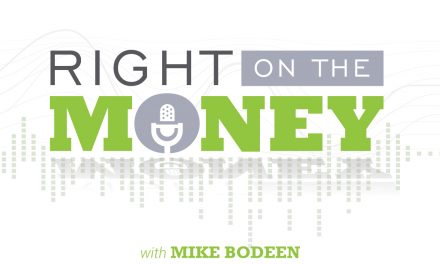Diversification blends holdings, asset types and risk tolerance.
A portfolio’s variety of holdings may not make it diverse. Multiple holdings within a similar sector can create an imbalance susceptible to declines in value. True diversification is characterized by a combination of holdings and asset types across sectors and industries, within one’s risk tolerance.
While cultural diversity is a popular topic today, retirement advisers have been advocating financial diversity for generations.
In the financial and retirement planning industry, diversification goes beyond the age-old adage of not having all your eggs in one basket; it means decoupling the types of assets within a portfolio that can universally suffer from market volatility.
Achieving a diverse portfolio begins with understanding one’s tolerance for risk. This can be found by completing a brief a survey that assesses different scenarios and the collective responses. Risk tolerance tests are available through qualified financial and retirement planners, and cover different circumstances, including one’s comfort level with alternate types of investments; the reaction to an unexpected event, like a layoff; the emotions associated with the word “risk”; and how a surprise inheritance or windfall would be managed.
An indexed score is the result, and considers gender, age, marital status, education and income.
Risk-averse investors’ portfolios would likely include positions in multiple conservative companies, stocks or mutual funds. These include everyday products like food or household goods that are purchased broadly and repetitively. Risk-prone investors may favor more speculative companies whose performance may be cyclical, such as the technology or science sectors.
Diversification can mean different things to different generations. For early-stage investors, it can mean ownership in several companies. For retirement-minded investors, it can mean committing a portion of their portfolio to “safe-money” alternatives. An example is a fixed index annuity that has no direct correlation to stock market performance, and can be relied upon to help cover ongoing expenses after one’s days of active earning have ended.
To be financially diverse is to spread resources not only among a variety of companies and instruments (stocks, bonds, funds and insurance products), but also among a range of risk levels, including some where there’s no risk at all.
Syndicated financial columnist Steve Savant interviews top retirement specialists in their field of expertise. This segment features retirement specialists Jessica Boehm and Frank Cannon. Right on the Money is a financial talk show distributed in daily video press releases to over 280 media outlets and social media networks.





